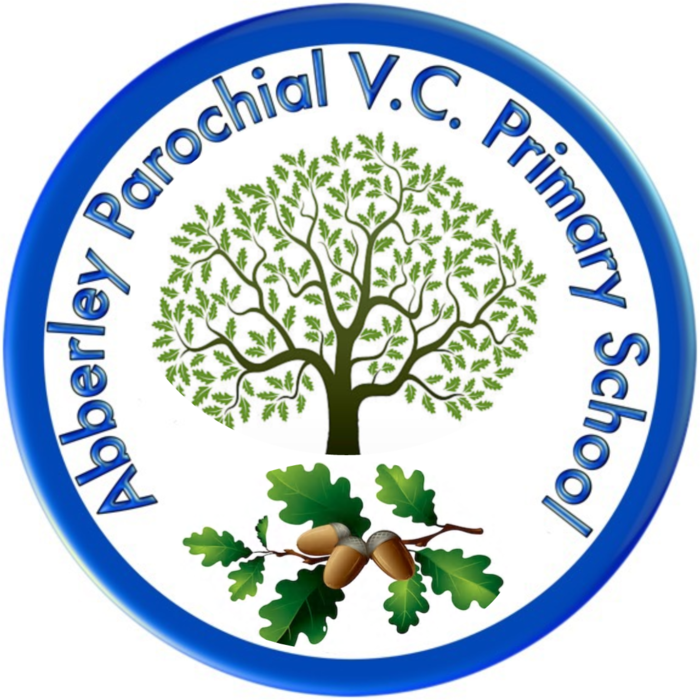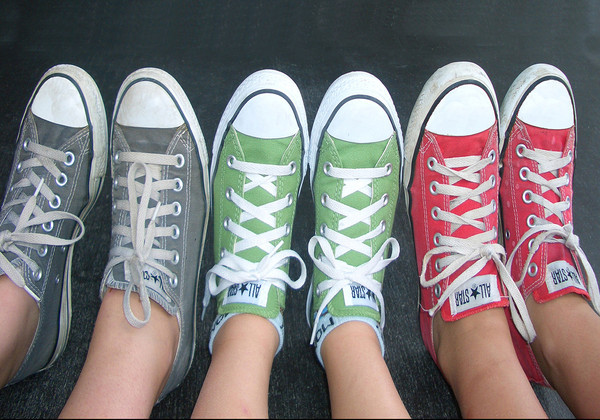Tuesday 12th May
Hello Wrens
This week we are going to be thinking about becoming Landscape Architects like Capability Brown and design an amazing garden. If you missed the video about Capability Brown follow the link below to last Wednesday's page.
Capability Brown information video
Today we are going to be thinking about the design of our own garden and drawing a plan of our own garden. When we draw a plan we imagine we are like a bird high up in the air looking down on things (a birds eye view). Maybe you can use the Google earth link below to find a birds eye view of your garden. This is called an aerial photograph.
However, it is difficult to draw an aerial photograph so we simplify it by drawing a plan. This is simple drawing where we use symbols (simple pictures) to represent things.
To complete our plan we need to tell people what the symbols mean. We do this by labelling them. This is called the key as it helps us understand what the plan is showing us.
Here is the plan of our garden that Mickey Thompson and Purvis came up with. First of all they went outside and looked round the garden. Then they went upstairs and looked at the garden from above out of the bedroom window. Then they drew their plan. They put in the main things (not every plant) and thought carefully about what symbols they could use which were nice and clear. Can you see what they have in their garden?
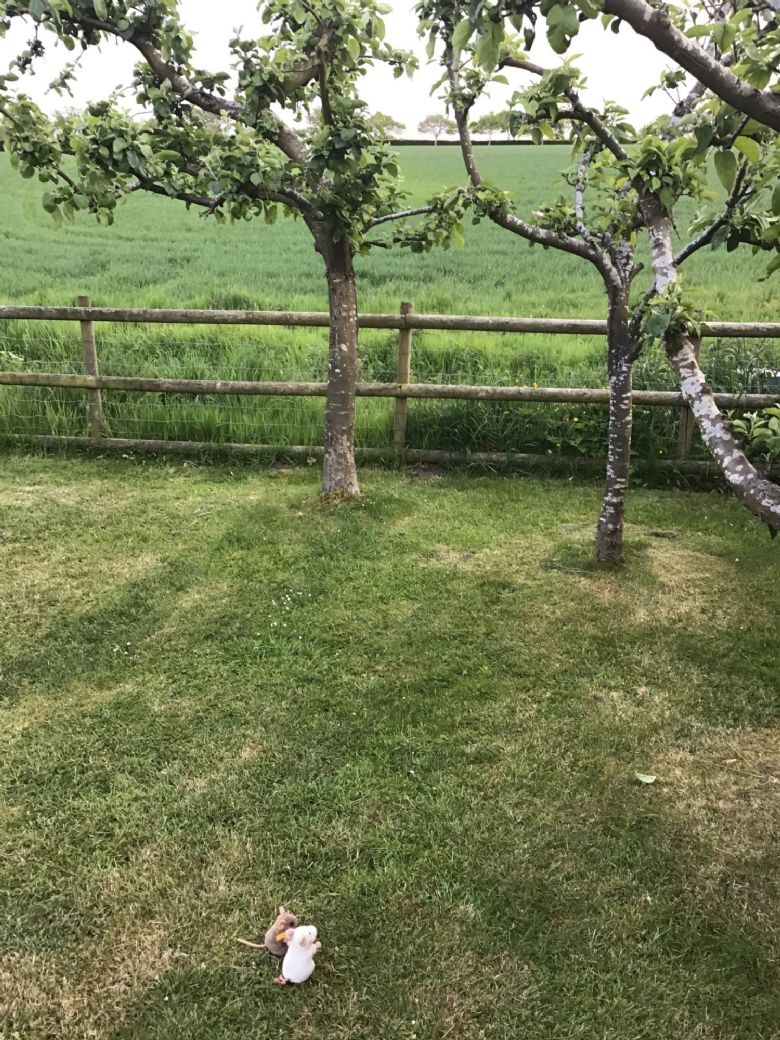
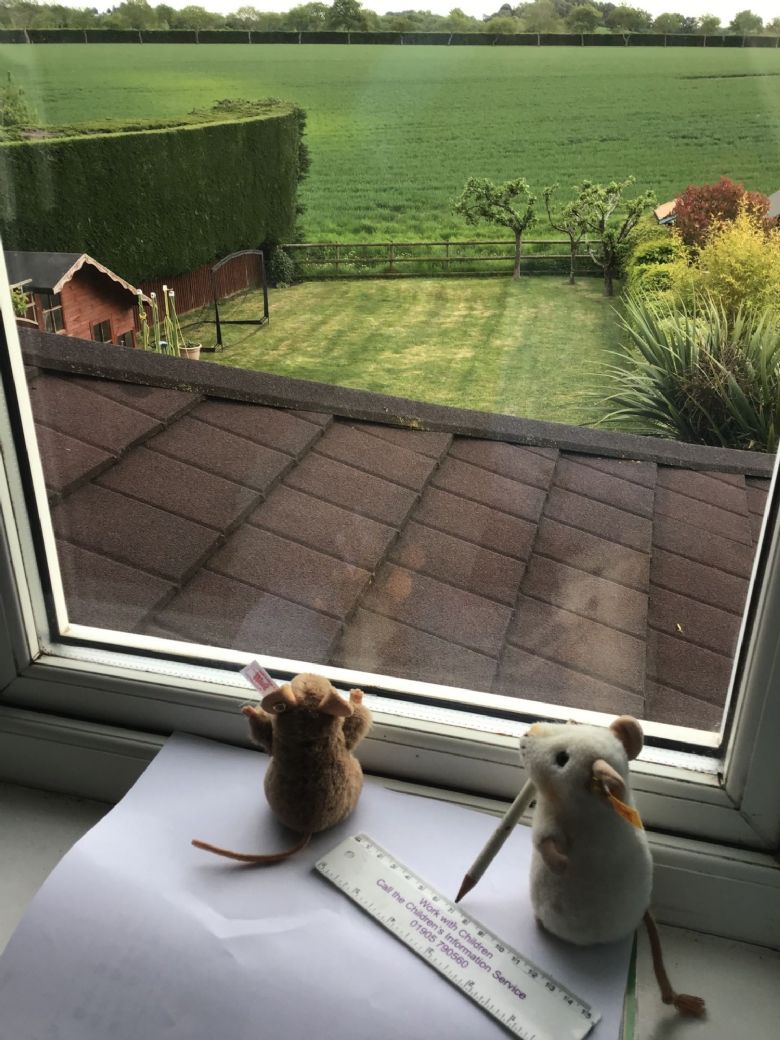
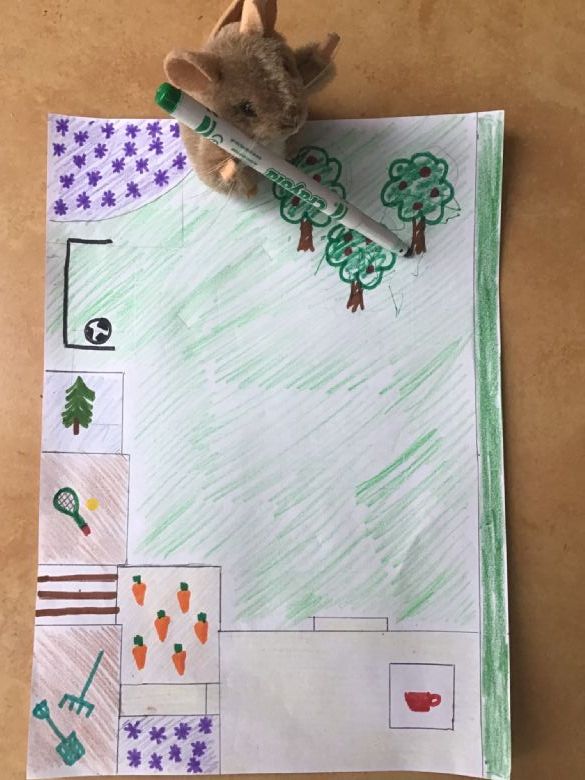
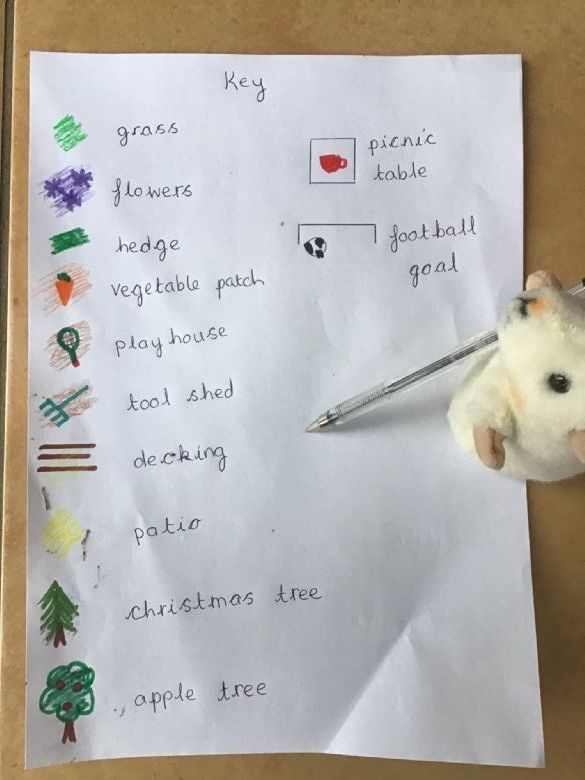
English.
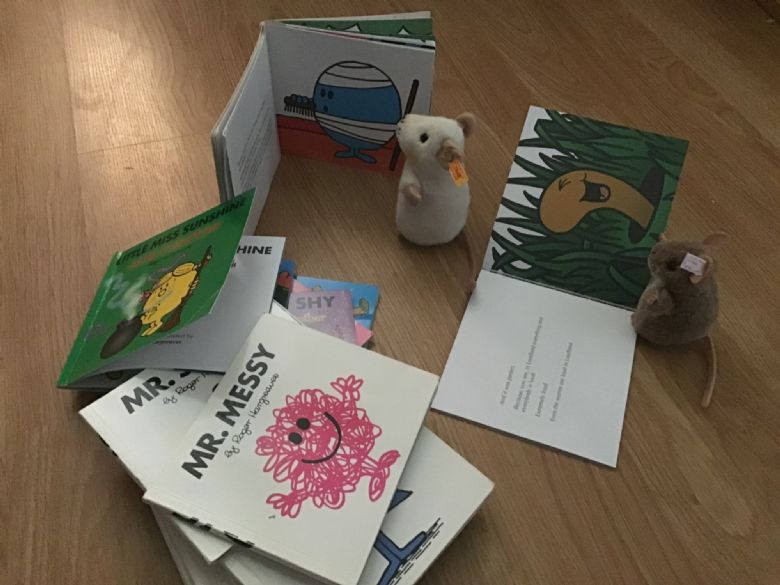
Mickey T and Purvis have been busy reading books today so they have set you some reading challenges. There are two power points attached below one. Each power point has two separate reading challenges on it so you can do one or both activities.
Reception
Activity one - please complete the activities on the sheet and write a sentence about which picture you like best.
Activity two - please complete the activities on the sheet. When you are sorting the words into alphabetical order please write them in your home learning book.
Year 1
Please answer the questions in writing and complete the writing activities in your home learning book.
Maths.
Today we are going to thinking about counting in 2s. When we count in 2s we skip one number each time. The song below will help you practise.
Counting in 2s is a really useful skill as it means we can count things more quickly. Lots of things come in sets of 2 or pairs. Can you think of any?
Reception.
Have a look at the videos and activities on the BBC Bitesize website using the link below to practise counting in 2s. Parents - if the children are finding the activities on the worksheets challenging have a go at finding some objects around the house to practise counting in 2s and working out problems practically.
For example - How many socks in 4 pairs? If I have 3 pairs of shoes how many shoes do I have?
There are also some dot to dots involving counting in 2s attached below for you to have a go at.
Year 1.
If you feel you need a bit more practise of counting in 2s click on the BBC link above. Then have a go at the fluency activities below using counting in 2s. There are 2 different levels.
When we count in 2s we are counting objects in groups of 2, for example shoes or socks. We can write this as a number sentence.
For example if we are counting 3 pairs of shoes
2 shoes + 2 shoes + 2 shoes = 6 shoes 2 + 2 + 2 = 6
We call this a repeated addition number sentence as we are adding the same number lots of times.
However, we can write this number sentence in a different way.
3 groups of 2 shoes = 6 shoes 3 x 2 = 6
We call this a multiplication number sentence. The multiplication sign looks like x and means groups of. We have 3 groups of 2. We can also say 3 times 2 = 6. Times is another word for the x sign.
It is much quicker to write a multiplication number sentence than a repeated addition number sentence.
Take a look at the power point below to learn a bit more about multiplication and then use the sheets to have a go at writing some of your own multiplication number sentences. Again there are two levels to choose from.
Good luck.
Mrs Lightfoot (and Purvis and Mickey Thompson)
